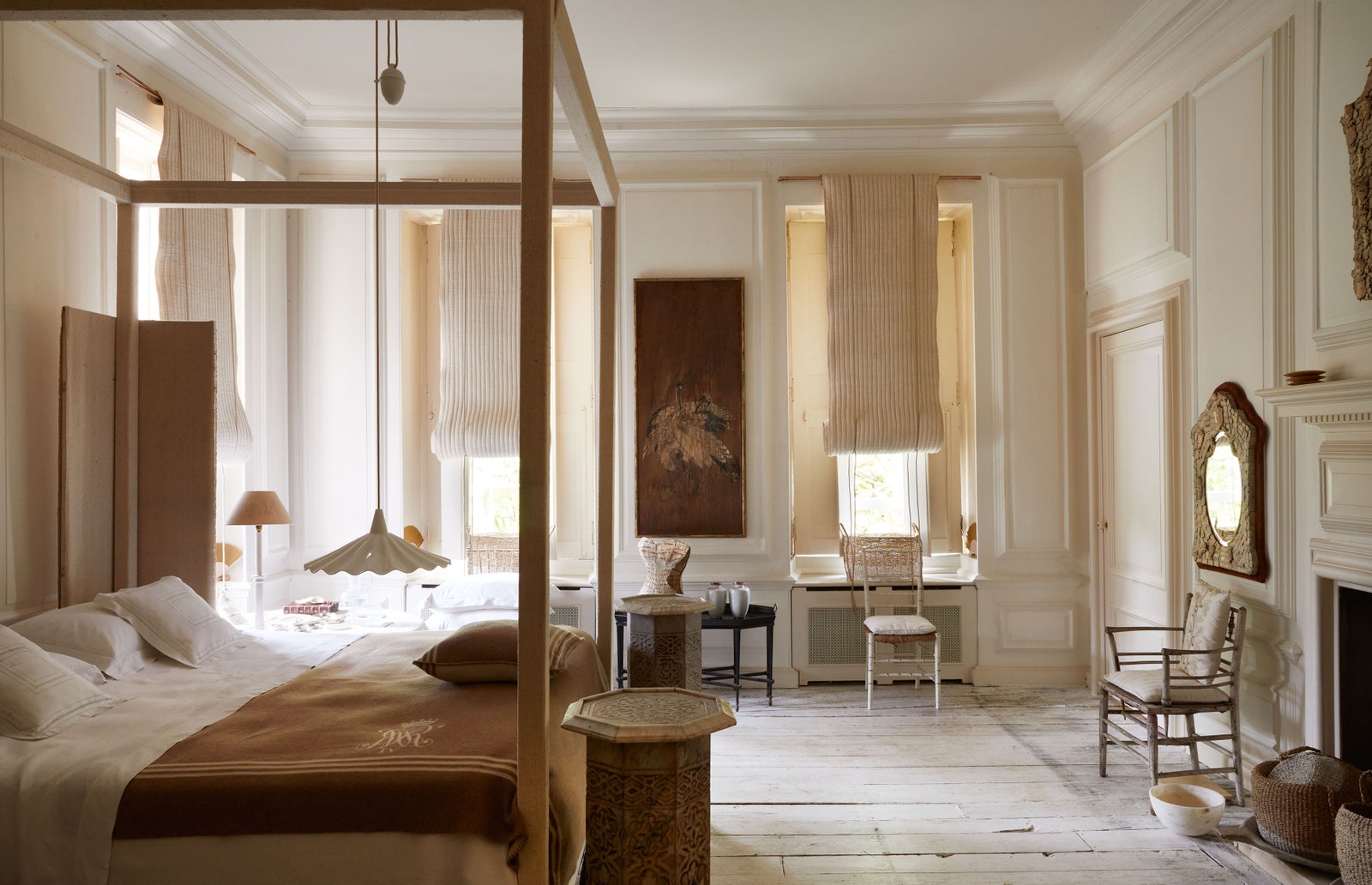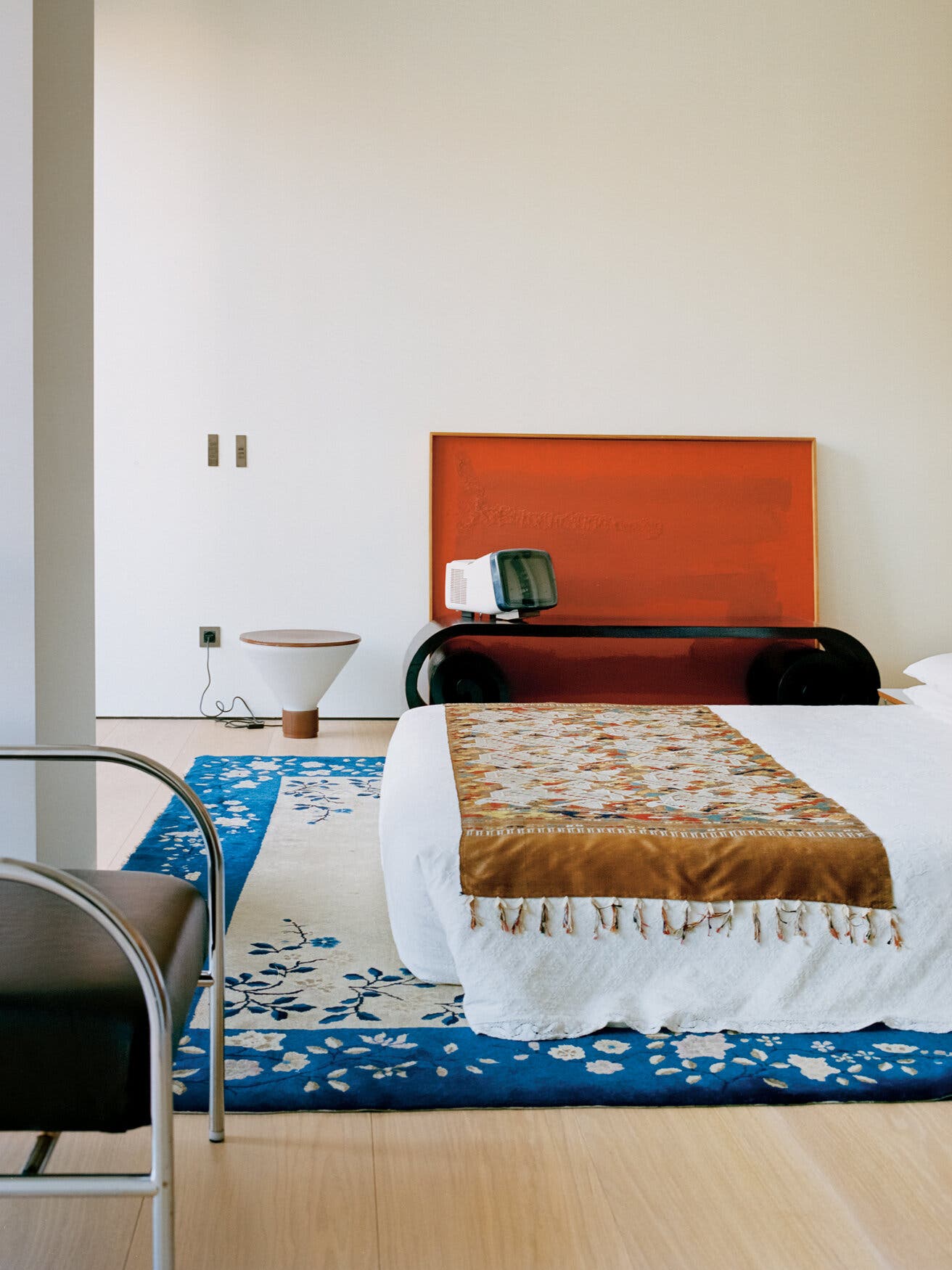Invisible Cities

Nestled in the sloping hills of Umbria, a rare architectural gem by midcentury visionary Tomaso Buzzi continues to mystify. His dramatic proposal for an ideal metaphysical city draws on Surrealist influences like Dalí and Calvino, as well as the Medieval, Renaissance, Baroque, and Brutalist architecture he was exposed to as a youth. Like something out of a mythic fever dream, La Scarzuola is a panoply of archetypal mashups.

Buzzi worked on the project between 1958 and 1978, though at the time of his death it remained unfinished. In the 1980s however, the architect's nephew, Marco Solari, took on the complex task of completing his uncle's vision. Using original sketches and blueprints, Solari was able to finish what Buzzi started, and now presides as the site's director.


With an emphasis on dreams, spirituality, and the natural world, Buzzi aimed to produce the means by which a visitor might psychically journey inwards, towards discovery of the self. The result, a Neo-Mannerist, mad-hatter mashup of style and symbology, abounds in monuments to various world religions and architectural masterpieces; replicas of the Acropolis and Colosseum brush up against triumphal arches, the Tower of Babel, a pyramid, and an enormous sea creature meant to invoke, as Buzzi imagined it, the personal transformation Jonah experienced after his three days in the whale.

Buzzi's fantastical creations are full of contradiction and surprise, reverence and abandon. Mixing together human, animal, and otherworldly features, the architect's creations are endowed with a mystical, sphinx-like appeal. "The stones will speak of you," he wrote.

La Scarzuola derives its name from a type of marsh grass native to the area known as scarza. It's significant for being the material St. Francis of Assisi used to first build his shelter on the site. Indeed, each of Buzzi's creations at La Scarzuola are possessed by a range of personal and esoteric significances. He felt the site was, in many ways, “an autobiography in stone.”

The overall layout of La Scarzuola was designed to form a large ship, where its visitors are invited to metaphorically embark on a journey into their innermost soul. Here, a sharp-sided tower stands like a fortress at its helm.


Buzzi's interest in various forms of spirituality, as well as the ways in which architecture finds its intersection produces a rich dialogue of reference. Utterly modern and yet driven by a love for the ancient, La Scarzuola feels like stumbling into the ruins of a lost city from another dimension.
Photo: Pieter Estersohn for The World of Interiors


